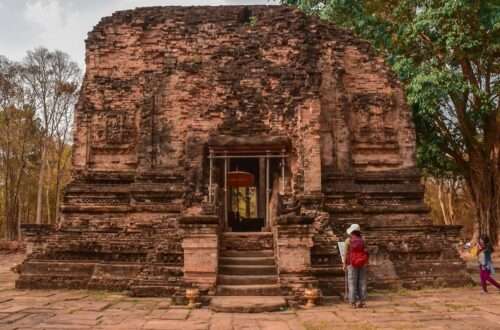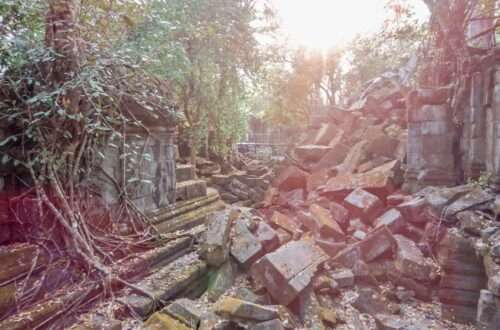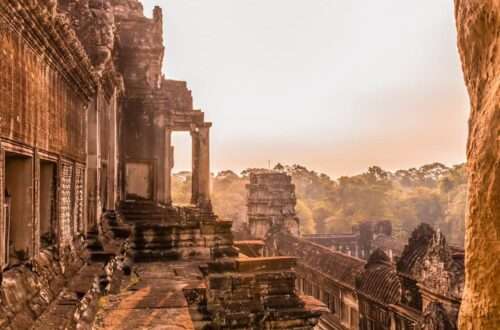
Crash Course to the Khmer Empire | Cambodia
Cambodia has many beautiful ancient temples beyond the iconic Angkor Wat you and I are familiar with. The temple was the deciding factor that mesmerised me and led me to research more about the history of the Khmer Empire and the other incredible UNESCO sites the country offers. A bit of research now and then eventually led to a week-long visit around Siem Reap, Kompong Thom and Preah Vihear in search of the UNESCO sites.
But to fully grasp the beauty behind the magnificent structures, you had to have a gist of the history behind them.
And that’s where this post may come in useful.
The Empire’s Reach
At its peak, the Khmer Empire extended beyond much of what is today Thailand, Laos and southern Vietnam.
Pre-Khmer Empire
Before King Jayavarman II declared himself the king of the world and began the Khmer Empire, or some may refer to it as the Angkorian era, there had been small kingdom states peppered around Southeast Asia. These pre-Angkorian states built princely fortified cities with intricate places of worship inspired by Indian culture. Sambor Prei Kuk was one of them.
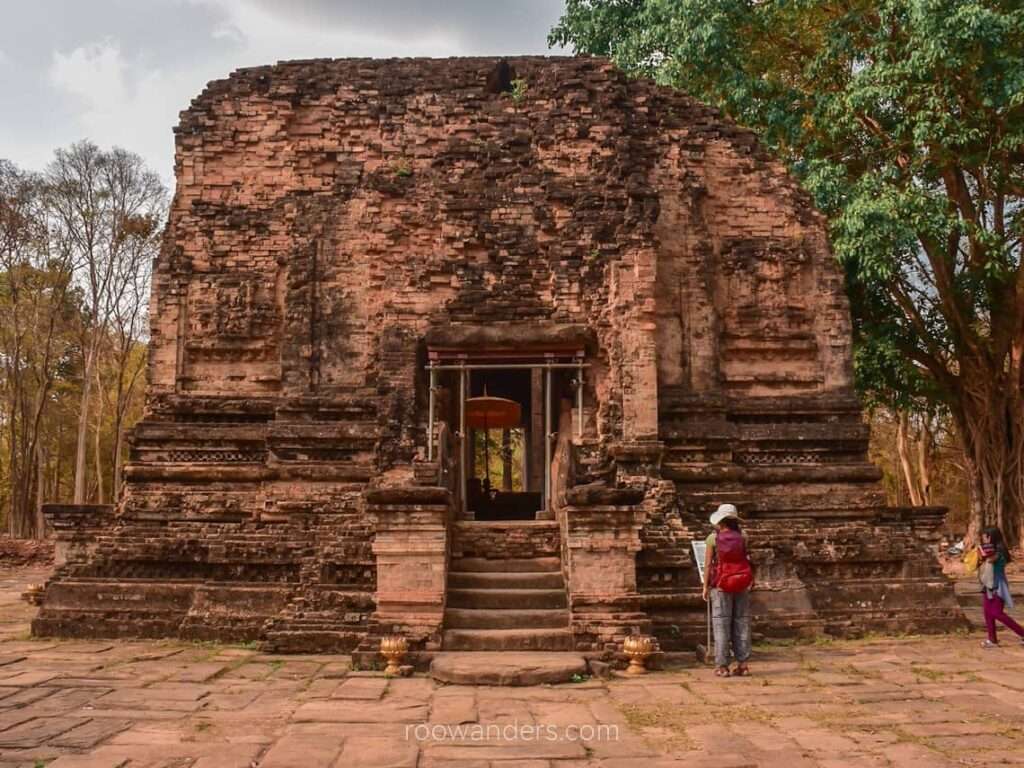
Growth of the Empire
Since the establishment of the Khmer empire, the capital was moved several times to different places by different kings, somewhat on a whim. The movement led to the construction of impressive temple complexes such as the Roluos Group and Koh Ker, which are more than 100 km away from the primary Angkor region.
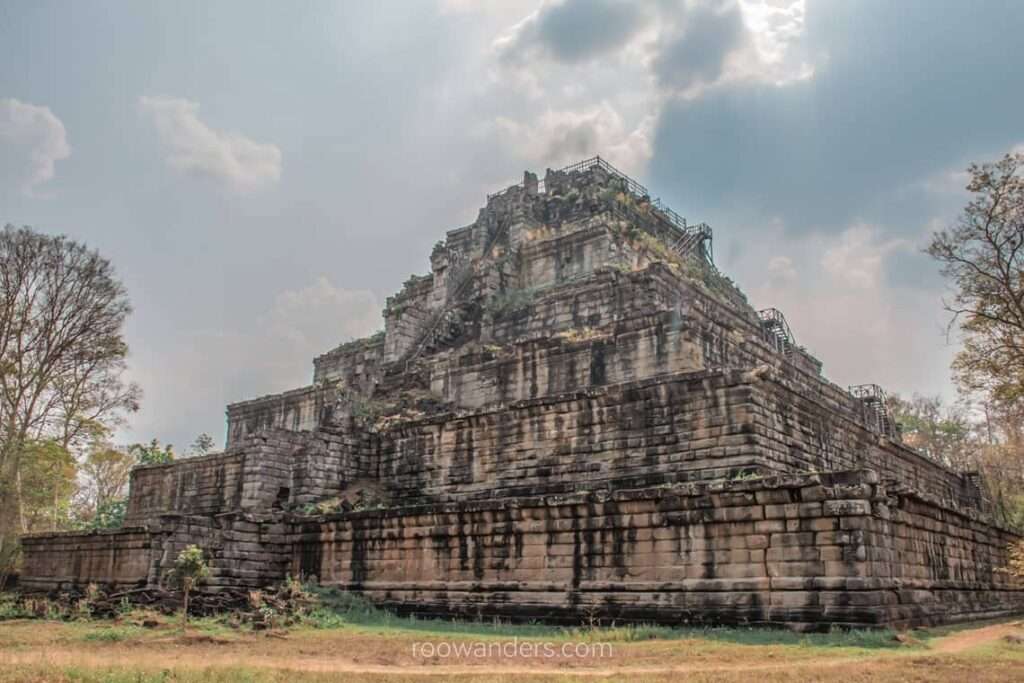
Empire at Its Peak
The Khmer Empire was at its apex under Suryavarman II in the early 12th century. Angkor Wat, as well as other monuments such as Beng Mealea, were set for construction. The king completed the construction of Prasat Preah Vihear on the cliff of the Dângrêk Mountains.
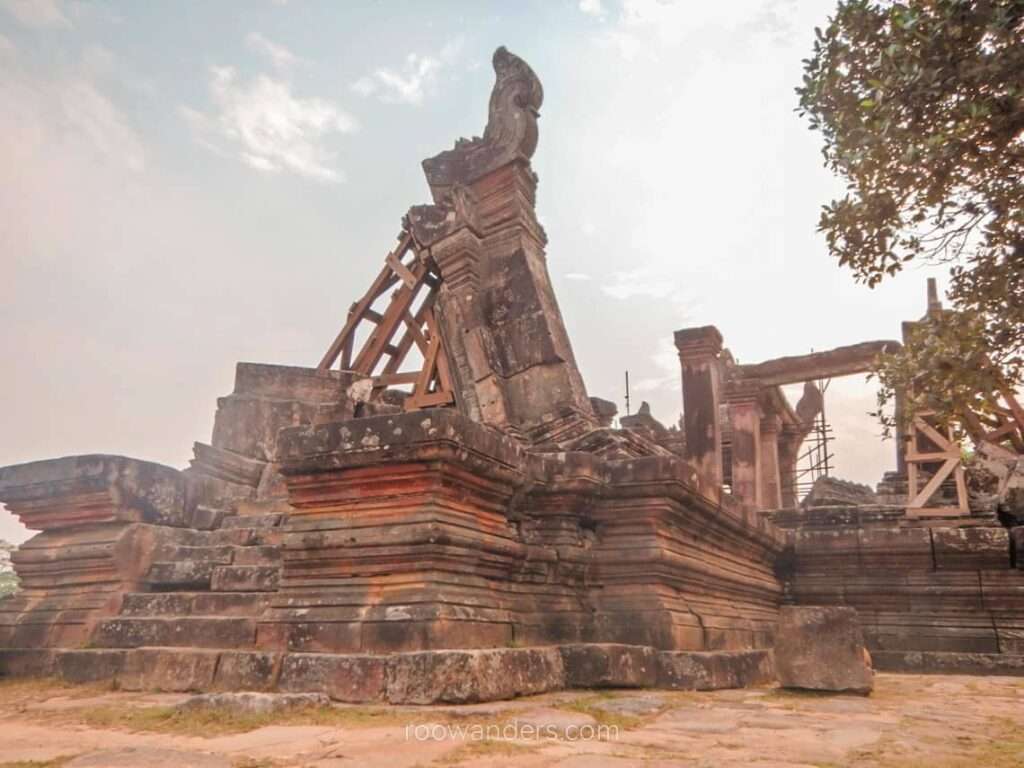
An Explosion of Growth
Angkor fell into the control of the Cham during a series of sneak attacks until the arrival of the legendary Jayavarman VII. He seized back the capital and made Mahayana Buddhism the state religion. During his short reign, the king built monuments such as Bayon and Ta Prohm in the capital of Angkor Thom. Under his stern stewardship, his men completed the Angkor Wat left unfinished by his predecessor. The king is a great multi-tasker. As his monuments grew, so did the size of his empire. Throughout his term, he led several successful military conquests and expanded his influence.

The Demise of the Empire
The Khmer Empire went on a downfall after the death of Jayavarman VII. Hinduism returned with the rise of the king’s successor. Thousands of Buddha images and statues faced damage with a sudden seismic change in religion. Another king of a later reign reinstated Theravada Buddhism and revoked the changes.
The capital shifted south to Phnom Penh after a series of conflicts with the Siam Kingdom of the West. It has remained in the exact location till now. The old capital, Angkor, was later ‘discovered’ by Western explorers and restored to life in the 19th century.





